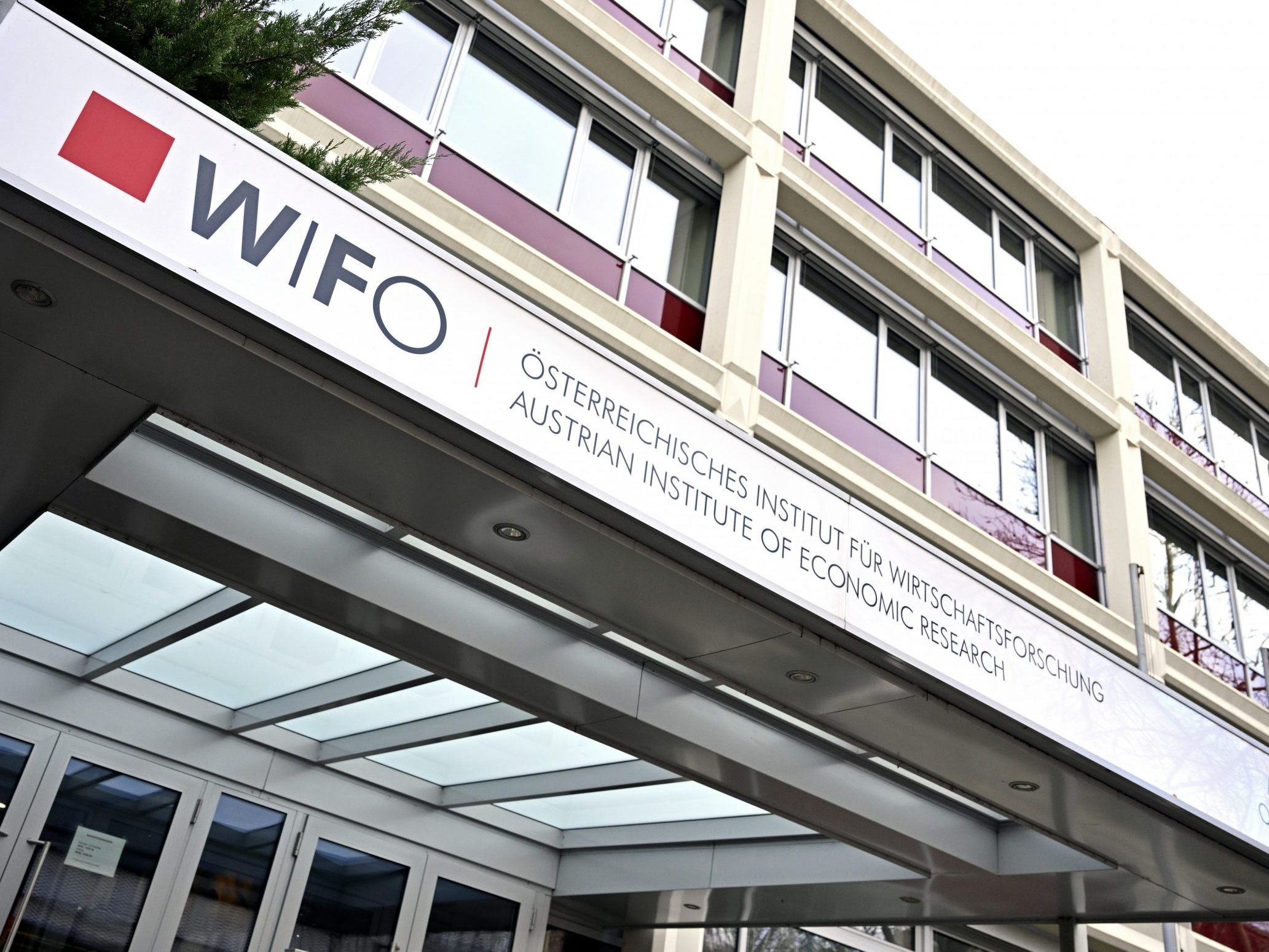Occupational Provision According to Wifo is Socially Sensible for Everyone

The association has now enlisted the support of the Austrian Institute for Economic Research (Wifo), which has calculated that occupational provision for all would also ensure a fairer distribution of pension incomes and thus also make social policy sense.
Many Austrians currently have no access to a capital-funded system with which they could provide for their own old age. This creates inequality and old-age poverty. Both could be reduced, "if the second pillar of old-age provision were to be expanded," said Wifo chief Gabriel Felbermayr at a joint press conference with the association. This way, everyone could benefit from the development of the capital markets, which would reduce inequality among pensioners, the risk of poverty and old-age poverty. There is therefore also "a very good social policy argument for expanding the second pillar of old-age provision," said Felbermayr. At the same time, the domestic capital market could be strengthened and revitalised with more liquidity.
Occupational Provision Could Increase Pensions by Up to 19 Percent
To demonstrate the effects of a comprehensive occupational provision, the Wifo used two scenarios in its analysis: The first scenario plans with an annual contribution of 2.5 percent of the gross wage and salary sum, the second scenario envisages an indexed cash amount of 150 euros per year. Both options were calculated for several levels of education, professional groups, full-time and part-time work, men and women, and then extrapolated to the population.
The first scenario would result in the gross initial pension being 15 to 19 percent higher than without occupational provision. For men, this would correspond to a pension increase of up to 400 euros per month, for women up to 200 euros. In the second scenario, which is intended to represent an affordable variant of occupational provision for low earners, the initial pension would increase by 1 to 9 percent - for men this would be an increase of up to 150 euros, for women up to 95 euros. The effects could be further enhanced if there were a state premium for occupational provision. The Wifo assumes a subsidy of 80 euros in its assumptions.
Both the first and especially the second variant would bring redistribution effects according to the study, thus equalising incomes at the time of pension application. Those who would benefit most are part-time workers and those with lower incomes and a flatter lifetime income curve. The state premium would significantly improve the distribution effects.
The study refutes the idea that occupational provision can only benefit wealthier individuals, says Felbermayr. Especially people with lower incomes would gain access to the returns achieved on the capital market through such a system and could accordingly benefit. Currently, only a portion of the working population has this access, with higher-income individuals usually being favoured.
Association Calls for Full Expansion of the Second Pillar
The Association of Pension Funds is using the study as an opportunity to renew its demand for a full expansion of occupational pensions. Furthermore, the association's chairman, Andreas Zakostelsky, advocates for the promotion of employee contributions, the deductibility of contributions for managing partners, and more choices for beneficiaries.
Whether the demands will be implemented by the emerging new government remains to be seen. Zakostelsky was optimistic today. He said that discussions were being held with all parties on this matter and given the budgetary pressure, he expected the issue of pensions to be addressed quickly "in the interest of the country".
Felbermayr also pointed to the increasing pressure on a future government to overhaul the pension system. This is because the additional payments to state pensions from the federal budget are growing every year. At the same time, weak domestic economic growth is burdening the pay-as-you-go system. "We are entering the third year of weak growth," said the head of Wifo. A capital-based system, on the other hand, could participate in more stable international growth.
In addition to an occupational pension, private provision can also significantly boost the coffers after professional life. According to a survey by Erste Bank, Sparkassen and Wiener Städtische, Austrians are quite willing to provide for themselves. The 1,000 respondents are willing to save an average of 250 euros per month for private provision. Satisfaction with the state pension, on the other hand, is low. Only 41 percent are satisfied with it, while 45 percent are not.
Demand for Full Expansion Instead of Repairing the Pension Fund Act
Criticism of the association's demands came from the Protection Association of Pension Fund Beneficiaries (Pekabe), which is calling for a repair of the Pension Fund Act (PKG) instead of an expansion of occupational pensions. This is because the performance of the pension funds is inadequate, and the promised returns are not being delivered. "Above all, the losses in years with negative performance cannot be made up for, billions have been destroyed here," it says in a statement. Instead of a full expansion, there is a need for the reintroduction of a minimum return guarantee and a negative fluctuation provision, a risk sharing between pension funds and beneficiaries by building a risk buffer, and more transparency in the strategy and the disclosure of all costs and commissions.
The Pensioners' Association is also sceptical. "I strongly warn against turning the pension system into a stock market roulette game," said Pensioners' Association President Peter Kostelka. A capital-funded pension system would be dependent on the development of the capital markets, which would result in pension cuts in the event of crises and high inflation.
(APA/Red)
This article has been automatically translated, read the original article here.





